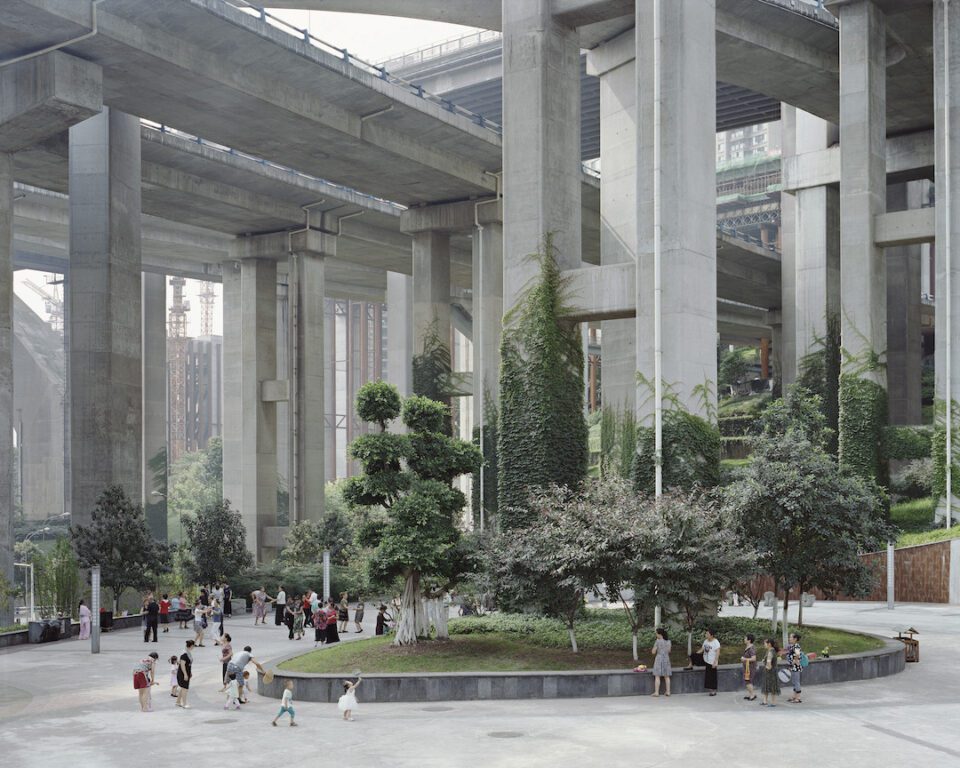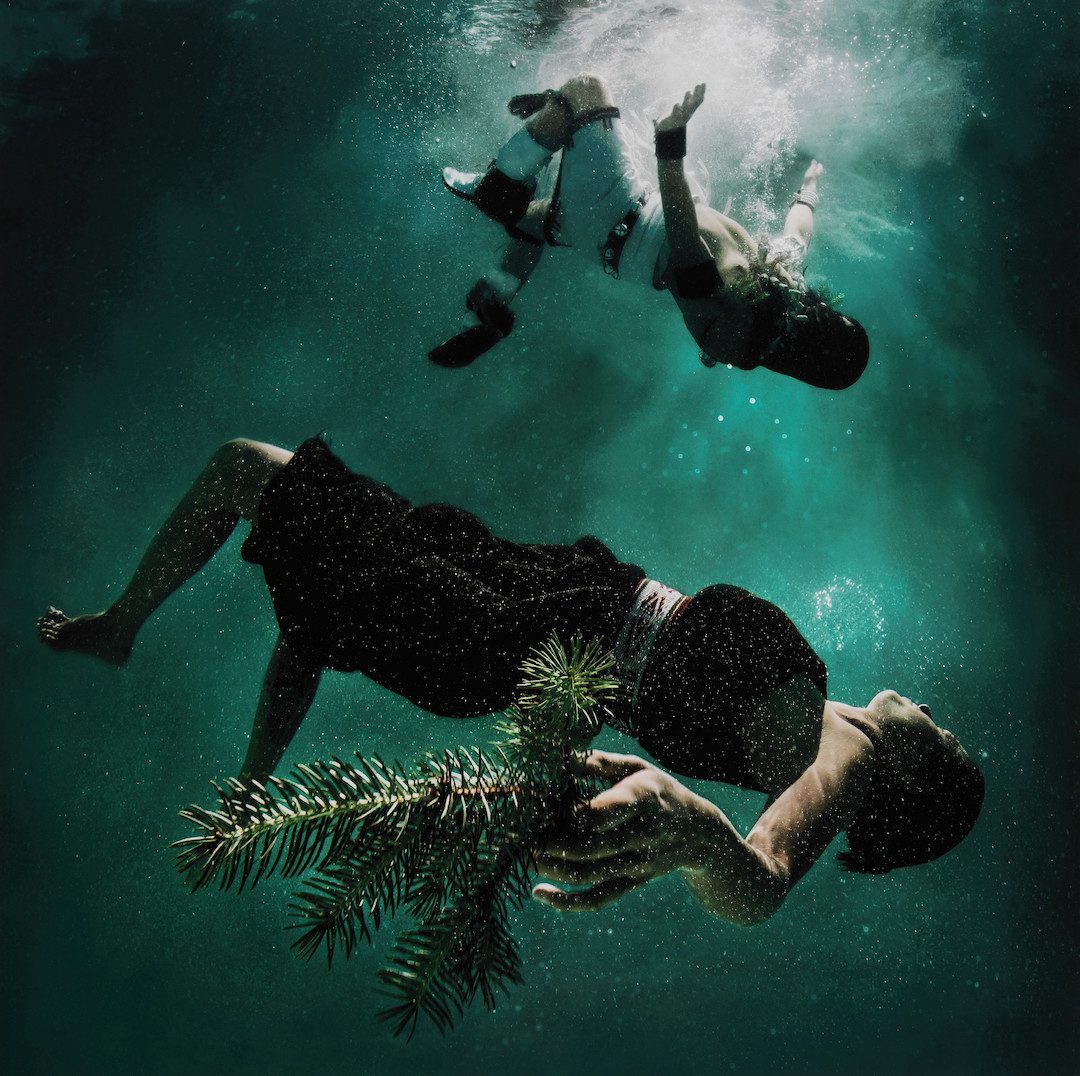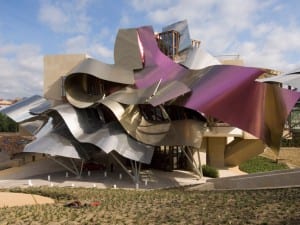Photography’s relationship with the natural world dates all the way to its beginnings in the 1800s. Back then, the driving force behind image-making was to bottle up the seemingly untouched beauty and sublimity of landscapes. Fast forward to now, after years of unprecedented environmental exploitation in the form of infrastructure, extraction and forced displacement, and it’s a very different picture. Humanity has entered the Anthropocene – an age in which our activity has become the dominant influence on the Earth. Nature on Notice: Contemporary Art and Ecology, presented by the Los Angeles County Museum of Art (LACMA), spotlights more than 20 lens and light-based artists who probe this “new normal.”
The show is part of PST ART: Art & Science Collide, a landmark event taking place across more than 70 location across Southern California. This year, it is championing the work of over 80 artists who navigate the intersections between the two disciplines, covering topics such as Ecofeminism, the Pacific Ocean and the plight of Joshua Trees. Eve Schillo, Associate Curator, says: “Artists … offer as strong a presentation about our current ecology and its challenges as the scientific world. In conversation with PST ART’s other environment- and climate justice-focused exhibitions, I’m excited for the opportunity to amplify diverse approaches to inspiring change that juxtapose data-driven discourse.”

It’s essential that Indigenous voices are given a platform to speak on these issues, and Nature on Notice does just that. It spotlights artist Cara Romero (b. 1977), who is a member of the Chemehuevi Valley Indian Tribe. In Water Memories (2015) figures in ceremonial corn dancer regalia are suspended in an underwater landscape. The series is described as an exploration of “space, memory and diverse Indigenous narratives that are both terrifying and peaceful.” Elsewhere in the show is work by Lorena Cruz Santiago, a mixed media practitioner informed by her family’s Indigenous origins in Oaxaca, Mexico. The agricultural industry, and how it is affected by issues of migration, assimilation and labour, is at the heart of Santiago’s oeuvre. 2:13 PM (2022), a cyanotype made in a Northern California vineyard, not far from a childhood home, was shaped by her father’s years working nearby. The picture alludes to the uncertain future of field workers in a new age where job security will be partly shaped by climate change.
Other stand-out works, from around the world, include Egongyan Park, Chongqing, China (2017), by British-Chinese artist Yang Wang Preston (b. 1976). It’s taken from the series Forest, which depicts a controversial reforestation project occurring across China. Mature trees are re-planted in apartment complexes, office quarters and leisure districts of modern Chinese cities. Over the course of eight years, Preston investigated how government authorities and property developers import old trees to add greenery to rapidly expanding urban areas – as a means of showing willingness towards our need for vegetation. She notes: “Because concrete landscapes actually grow faster than anything in nature, they didn’t want to wait for young buds to grow. Very often they just bought mature trees from all over the place to make ready-made forests.” It reveals how tenuous the phrase “return to nature” can be.
Nature on Notice leverages creativity, in all its forms, to spread the word about climate issues and how humanity is irrevocably changing the planet. Here, cameraless photography, video, neon and installation art all make an impact. PST Art: Art & Science Collide is a regional initiative, but this show is global in scope.
Nature on Notice: Contemporary Art and Ecology
Charles White Elementary School Gallery until 2 August
Image Credits:
1. Cara Romero, Water Memory, 2015, Los Angeles County Museum of Art, gift of Dr. Loren G. Lipson, © Cara Romero, digital image © Museum Associates/LACMA
2. Yan Wang Preston, Egongyan Park, Chongqing, China, 2017, Los Angeles County Museum of Art, purchased with funds provided by the Ralph M. Parsons Fund, © Yan Wang Preston, digital image courtesy of the artist





